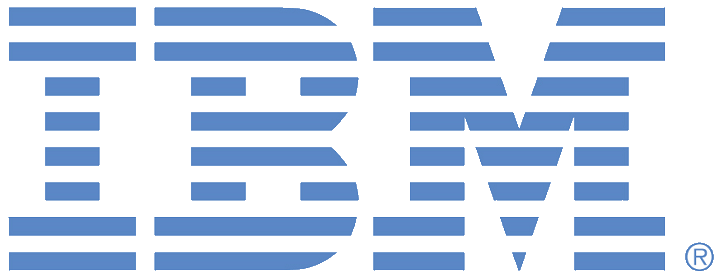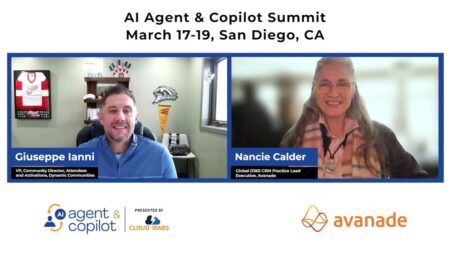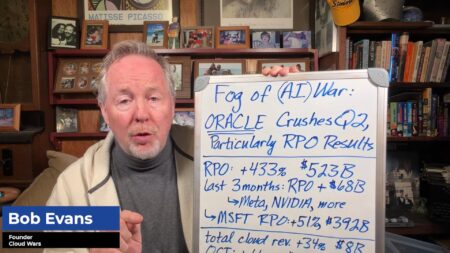
Last spring at its Think conference in Orlando, Florida, IBM unveiled watsonx, an artificial intelligence (AI) and data platform. One of watsonx’s standout features is Assistant, a virtual AI helper similar to Microsoft Copilot, a set of tools for Microsoft 365, Dynamics 365, and Windows. These generative AI “copilots” act as co-drivers in technological journeys, guiding users to maximize efficiency.
watsonx Code Assistant for Z is IBM’s latest offering in the watsonX suite. In this analysis, I’ll explain how and why this tool signifies the convergence of decades-old computing heritage with modern AI’s capabilities, while also addressing a critical challenge faced by businesses still reliant on COBOL-based systems — the scarcity of expertise in the face of the pressing need for modernization.
COBOL‘s Enduring Legacy and Challenges
The “Z” in this new offering’s name is linked to its design for IBM’s mainframe platform, where a substantial number of applications rely on COBOL, a programming language with roots dating back to the 1950s. I briefly studied COBOL during my college years in the 1980s. Even then, newer programming languages were replacing it. Yet even today, COBOL-based applications are estimated to manage, at least in part, 60-80% of business transactions. Despite their age, many businesses cling to these reliable systems, often integrating them with newer front-end applications.
COBOL’s longevity is a testament to its stability and the robustness of the applications developed using it. It is a cornerstone for many critical business operations. However, a challenge has arisen: the scarcity of COBOL experts. Most budding software developers haven’t been exposed to the language, making the upkeep of such systems pricier and more complex. This situation resembles the classic “skills gap” that industries often face when technology evolves, but education or training doesn’t keep pace. As the cloud becomes a staple for businesses, there’s a surge in desire to shift from COBOL to modern frameworks, notably Java, among IBM clients.
Enter Code Assistant for Z
watsonx Code Assistant for Z has been released in response to that surge. It eases the migration journey from COBOL to Java while preserving IBM’s hallmark attributes of performance and security. Migrations, especially of legacy systems, are complex undertakings that can span months or even years. They require careful planning and resource allocation and often come with the risk of data loss or operational disruptions. The resultant code for those who use watsonx Code Assistant for Z is compatible with the IBM Z architecture, gains adaptability, and can integrate with cloud platforms.
Another benefit of this migration is that the contemporary business landscape demands versatile, cloud-based tools to cater to evolving customer expectations. Transitioning to modern programming languages and infrastructure paves the way for easier and more cost-effective digital expansion.
For enterprises still operating on legacy COBOL systems, the transition’s advantages are manifold. It’s akin to renovating a historic building with modern amenities. While the foundation remains strong and retains its original charm, the interiors are upgraded to meet today’s standards.
Conclusion
IBM’s decision to introduce this tool is both strategic and customer-centric. While IBM could continue capitalizing on its legacy systems, it recognizes the inevitable need for modernization. By facilitating this transition, IBM ensures that businesses remain within its ecosystem, leveraging IBM’s cloud and other offerings.
Having tracked IBM’s watsonx AI offerings since their debut, I’m pleased to see its ongoing enhancements. IBM’s forward-thinking approach is evident in its timely innovations, aligning with the changing dynamics of the industry. As tech evolves, innovations like watsonx Code Assistant for Z ensure businesses stay ahead, maintaining their edge in our digital economy.
Gain insight into the way Bob Evans builds and updates the Cloud Wars Top 10 ranking, as well as how C-suite executives use the list to inform strategic cloud purchase decisions. That’s available exclusively through the Acceleration Economy Cloud Wars Top 10 Course.











